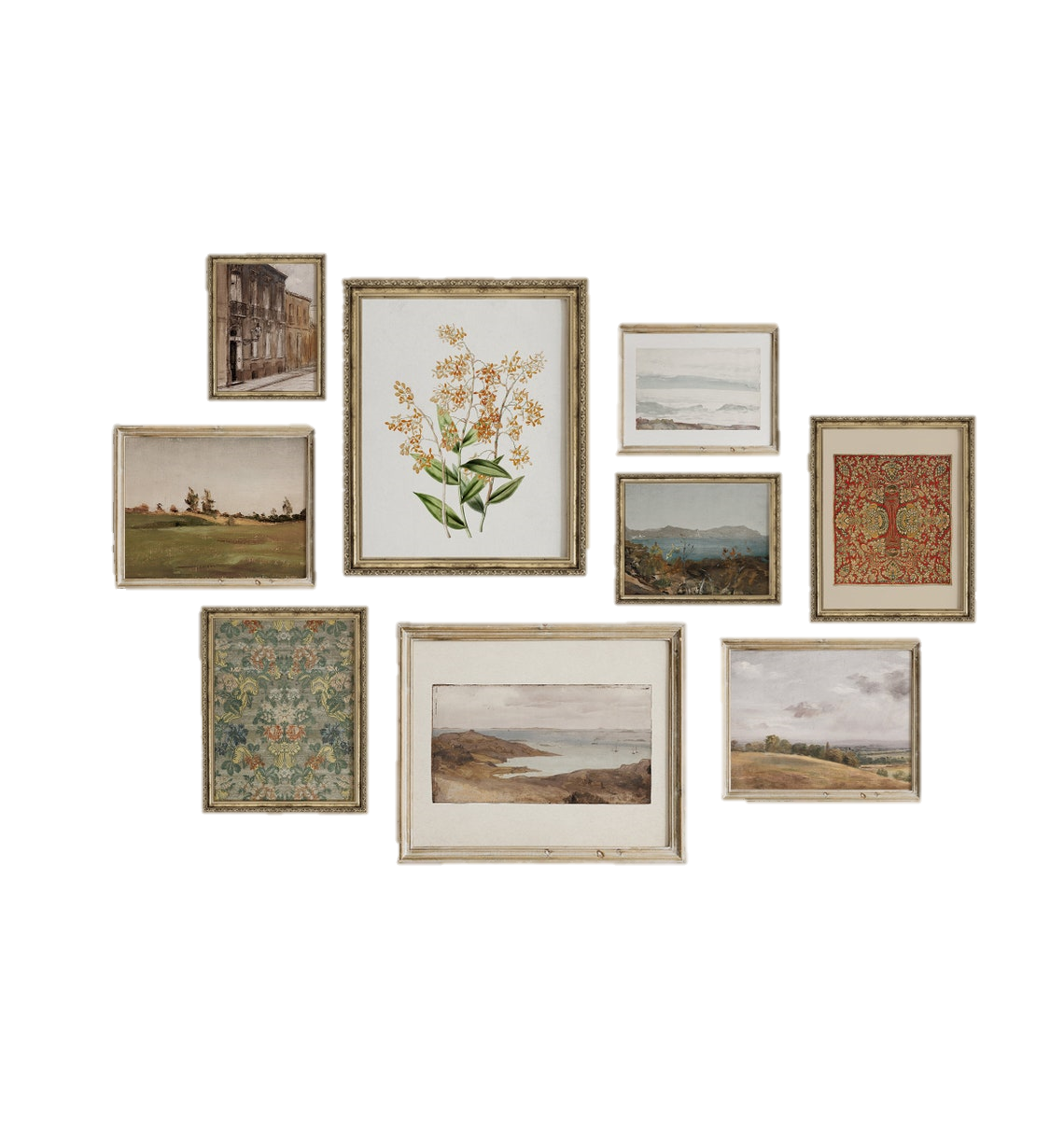In Great Britain and former British colonies, a Victorian house generally means any house built during the reign of Queen Victoria. During the Industrial Revolution, successive housing booms resulted in the building of many millions of Victorian houses which are now a defining feature of most British towns and cities.
In the United Kingdom, Victorian houses follow a wide range of architectural styles. Starting from the early classicism inherited from Regency architecture, the Italianate style gained influence in the 1840s and 1850s, and the Gothic Revival style became prevalent by the 1880s. Later in the Victorian era, the Queen Anne style and the Arts and Crafts movement increased in influence, resulting in the transition to styles typically seen in Edwardian houses. Victorian houses are also found in many former British colonies where the style might be adapted to local building materials or customs, for example in Sydney, Australia and Melaka, Malaysia.

Early in the Victorian era, up to the 1840s houses were still influenced by the classicism of Regency styles. However the simplicity of Regency classicism fell out of favour as affluence increased and by the 1850s the Italianate style influenced domestic architecture which now incorporated varying quantities of stucco. From the 1850s domestic buildings also became increasingly influenced by the Gothic Revival, incorporating features such as pointed, projecting porches, bay windows, and grey slate.
typical features
- Sanitation: regulations were introduced progressively from the 1850s to raise the importance of sanitation features, including correct drainage, waste facilities (the "ash pit" or "dust bin"), and toilet facilities either in the form of an outside privy or inside water closet.
- Hot and cold water: at the start of the Victorian era, some houses had running tap water and a boiler for hot water. By the turn of the century, hot and cold running water were a common feature.
- Lighting powered by gas was available in many towns from the start of the Victorian era. By the end of the Victorian era, many houses had gas.
- A basement with a cellar for the storage of coal, required for open fires and to heat water.
- Sash windows but with larger panes of glass, from the 1850s, than the characteristic 6 plus 6 smaller panes seen in Georgian and Regency architecture.
- The brick chimney was a prominent feature in Victorian homes, consisting of a fireplace, chimney breast and chimney stack that protruded above the roof line to exhaust smoke.
- Victorian houses were generally built in terraces or as detached houses.
- Building materials were brick or local stone. Bricks were made in factories some distance away, to standard sizes, rather than the earlier practice of digging clay locally and making bricks on site.
- The majority of houses were roofed with slate, quarried mainly in Wales and carried by rail. The clay tiles used in some houses would be available locally.
- Vegetation and small garden were often incorporated into Victorian homes, as forms of nature were prized by the suburban domestic ideal.





